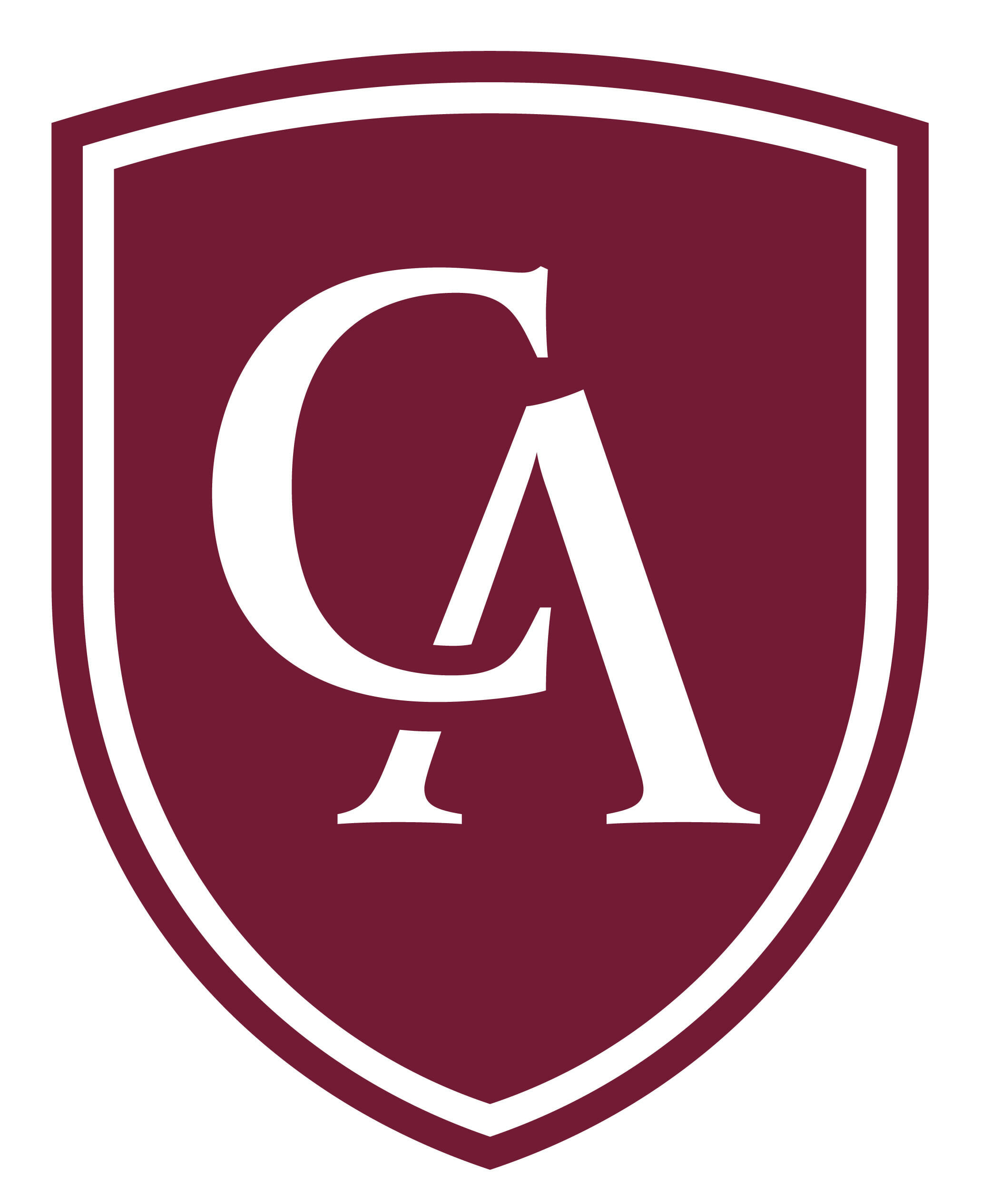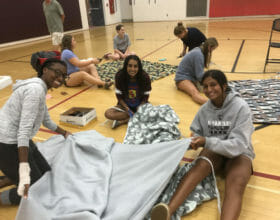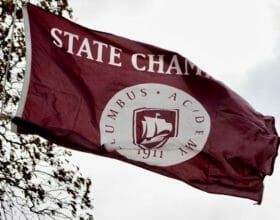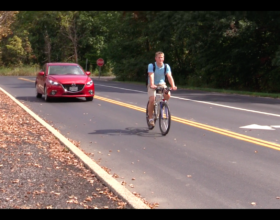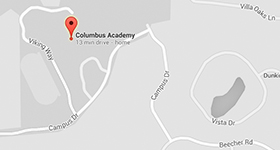A, C, V, P, S, Q. That’s all you need to do to write a paper these days. In mere seconds with a few keystrokes, your printer is cranking out the pages, and now you won’t have to miss Jersey Shore (if, of course, you actually watch that show). It’s really not all that difficult to find a sample essay for your Haroun paper (Finding http://www.gradesaver.com/haroun-and-the-sea-of-stories/essays/ took me roughly 10 seconds.) or any other subject matter. It’s all one Google search away.
Any form of improper citation is a big no-no, especially if it escalates into wholesale plagiarism. It is now a major issue in the world of education, and the authorities clamp down pretty quickly. Colleges won’t bat an eyelash before they kick you out if they catch you plagiarizing. At Academy, the crime carries the same weight.
Of course, committing the crime is one thing. Getting caught is another. Detecting plagiarism isn’t always the easiest thing to do. That’s why this year the English Department introduced turnitin.com, an online tool developed to help detect plagiarism by scouring the internet to see if certain phrases or passages appear somewhere else. In case you didn’t know, turnitin.com is a well-regarded site, and over 2,500 colleges around the world use it on their campuses.
Of course, there are still hiccups here and there, and discrepancies about how turnitin is used. While we can all appreciate the intentions and recognize the usefulness of turnitin, the process has yet to be smoothed out, and there is definitely room for improvement.
“It’s a good concept, but not always necessarily as useful as it could be,” answered junior Emily Carlin. “Not everything it marks is plagiarism.” Indeed, after getting their originality reports, students can view the sites from which they supposedly plagiarized from, sometimes with amusing results.
 Mrs. Reifeis, head of the English Department, remarks, “It is comical, at times, the links to which students find their papers attached.” So the next time you turn in a paper and it comes back telling you it’s 32% plagiarized (like my Beowulf paper), make sure to take it with a grain of salt. Unless, of course, you actually did just plagiarize a third of your paper . . . which I didn’t, if youíre wondering.
Mrs. Reifeis, head of the English Department, remarks, “It is comical, at times, the links to which students find their papers attached.” So the next time you turn in a paper and it comes back telling you it’s 32% plagiarized (like my Beowulf paper), make sure to take it with a grain of salt. Unless, of course, you actually did just plagiarize a third of your paper . . . which I didn’t, if youíre wondering.
There have also been suggestions from students to make the process more efficient and make better use of turnitin’s resources.“It would be beneficial if we submitted a draft to Turnitin before having our teacher grade our papers. This way, we could correct our errors,” replied senior Tolu Obikunle, referring to turnitin’s ability not to only detect plagiarism, but also find grammatical errors like Microsoft Word. No one wants to turn in a final draft that still has comma splices and run-ons in it.
While it’s still a work in progress, there has been a positive reaction to turnitin, and the teachers are excited about its teaching potential. “The anti plagiarism element is fine, but I spend much more time writing comments on the papers than I do concerning myself with plagiarism. That issue pretty much takes care of itself with this program,” asserted Mr. Ardnt. “It’s not perfect by any means, but I’ve been pretty happy with it so far.”
“I find Turn It In to be a teaching tool, one that provides feedback for the students and giving them opportunities for revision,” said Mrs. Reifeis. “In the past, we have taught how to cite sources in a variety of ways. Turn It In provided the department another way to teach the importance of proper citations.”
While the full impact of turnitin can’t be determined quite yet, it’s gotten off to a solid start. It has established itself as a great resource to help students improve their writing and make sure credit is given where credit is due.
Written by Andy Li’13 and Rabia Khan’13. Photos by Elliot Nick’14.
